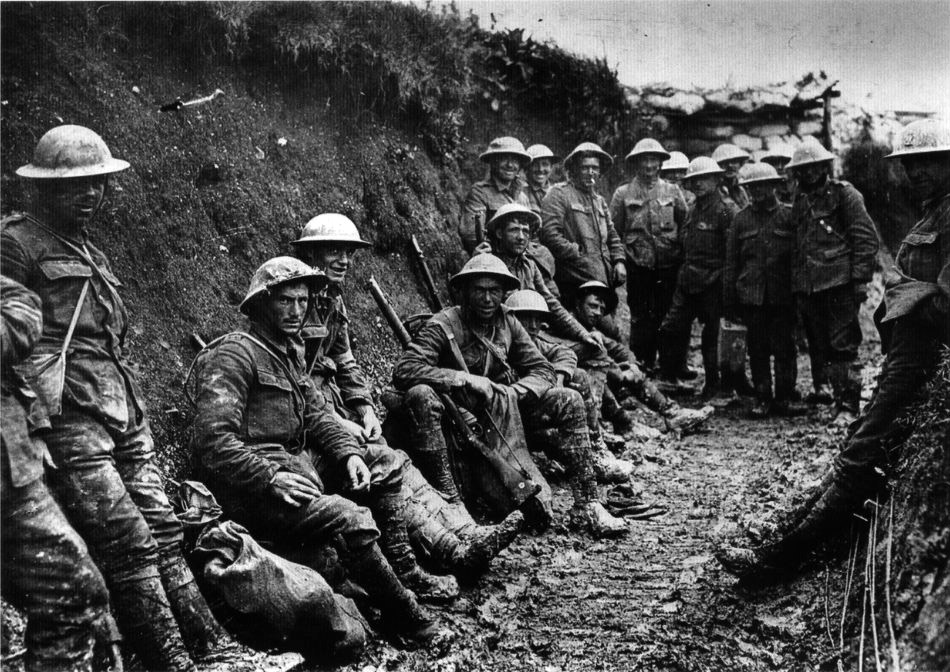
If you are looking for classroom resources and activities for World War One poetry, you might be introducing first world war poetry through unseen poems, teaching a complete unit on the poetry of the great war at KS3, or teaching WW1 and its aftermath for the AQA A-level English Literature specification.
Here are some carefully selected resources that you might like:
Pre-reading and starter activities
WW1 facts - true or false? is a quick, low-stakes quiz that includes a range of useful contextual information for students to discuss before you start teaching World War One poetry. Is it right and fitting? is a powerful and affecting PowerPoint that explores the wider context of trench warfare, and the use of gas, and will lead to lots of on-topic classroom talk.
WW1 poetry research is a group research and presentation task, which is perfect for KS5 students and asks students to find out more about women in WW1, life in the trenches, the Craiglockhart hospital, the impact of the war and its causes. Life in the trenches is a ready-made context resource, with a series of engaging follow-up tasks and creative writing activities that will appeal to younger students.
Helping students to respond to war poetry
Poetry to prose helps students to respond to Wilfred Owen's 'Dulce et Decorum Est' by focusing on the senses he explores in the poem. Write your own war poem helps students to explore the language of Rupert Brooke's poem 'The Soldier' and Wilfred Owen's 'The Sentry' and encourages experimentation with word choices.
If you want to encourage students to engage with poems more independently, War poetry presentation takes them step-by-step through a group activity, and A letter home takes Wilfred Owen's poem 'Exposure' as a starting point for a poignant letter-writing task.
Exploring the work of the most celebrated war poets
Our extensive collection of resources on Wilfred Owen's poetry includes classroom worksheets and activities on some of his most celebrated and powerful poems, including 'Spring Offensive', 'Exposure', 'Mental Cases', 'The Send-off', 'Dulce et Decorum Est' and 'Anthem for Doomed Youth'. 'The Send-off' by Wilfred Owen is a carefully scaffolded resource that offers students different interpretations for the poem to select and includes a useful series of PEE activities — perfect for building younger students' analytical skills.
Our Rupert Brooke and Siegfried Sassoon resources include a range of engaging classroom activities such as word quarry, sequencing and poetry tasks to help students respond more personally to the war poets' work.
Unseen poems
If you want to introduce WWI poetry through the unseen poetry route, Trevor Millum, Teachit's poet in residence, has created two resources to develop students' confidence. Responding to unseen poems with confidence: 'In Memoriam' by E.A. Mackintosh is a helpful classroom resource that also includes a comparative element. He suggests an 'immersive' approach to looking at Edward Thomas' poem, 'The Owl', in Approaching an unseen poem with confidence. This thoughtful resource includes teaching ideas and sentence starters to help KS3 students develop a more analytical approach to their writing.
Another scaffolded resource,Comparing two unseen poems, helps students to compare Jessie Pope's 'Who's for the Game?' and Wilfred Owen's 'Dulce et Decorum Est' with an accessible Venn diagram task.
More classroom resources and teaching packs
If you are looking for a complete scheme of learning for KS3 students, our World War I poetry teaching pack includes 8 lesson plans with a range of classroom resources and activities. It focuses on the significant contribution of Empire soldiers and women to the poetry of the great war and explores life on the home front as well as in the trenches. Along with some of the most celebrated poems including John McCrae’s ‘In Flanders Fields’, there are less iconic, but equally powerful poems by poets including Isaac Rosenberg, Ivor Gurney, Henry Smalley Sarson and Sarojini Naidu.
Try our World War One poetry library for more lesson ideas, worksheets and classroom activities for KS3-5 students.
This article was also published as an Editor's pick newsletter in 2022.
